The gyaru style, a bold and flamboyant Japanese fashion movement, has captured the imagination of fashion lovers across the world. Originating from the vibrant streets of Tokyo in the 1990s, gyaru is much more than just a style of clothing; it’s a true subculture that challenges conventions and celebrates individuality. In this article, we delve into the colorful world of gyaru style, exploring its history, iconic trends and impact on contemporary Japanese fashion.
The history of the gyaru style
The emergence of the gyaru style in the 1990s was the result of a profound cultural revolution in Japan. At that time, the country was booming economically and socially, with young people eager to assert themselves and stand out in a rapidly changing world. Gyaru emerged from this context, adopting a provocative and expressive aesthetic to express their individuality and independence. Inspired by Western pop and fashion stars, these young women began experimenting with bold looks, innovative hairstyles and dramatic makeup. The Shibuya and Harajuku neighborhoods quickly became the epicenters of this burgeoning cultural movement, where gyaru gathered to exchange ideas, share style tips and assert their collective identity.
Gyaru style was largely influenced by media of the time, including fashion magazines and television shows, which helped popularize this rebellious aesthetic to a wider audience. Japanese fashion icons such as Namie Amuro and Ayumi Hamasaki became iconic figures of the gyaru movement, embodying the bold spirit and self-confidence that characterized the style. As gyaru continued to grow in popularity, it evolved to include a wider range of substyles, ranging from kogyaru to ganguro , each with their own distinctive interpretation of the gyaru aesthetic. Thus, the gyaru style has become much more than just a fashion trend; it has become a symbol of freedom, self-expression and rebellion against established social norms.

The iconic trends of this style
At the heart of gyaru style are trends in clothing and aesthetics that capture the imagination and challenge convention. Gyaru outfits are often characterized by pleated mini skirts, tight tops and high-waisted shorts, highlighting the female figure in a bold way. Bright colors and eye-catching patterns are essential elements of the look, with leopard prints, stripes and floral patterns adding a touch of whimsy and exuberance. Accessories are also a key aspect of gyaru style, with oversized jewelry, extravagant sunglasses and colorful handbags complementing each outfit with vibrancy. Platform shoes and high-heeled boots are popular choices for adding height and glamor to the ensemble, while knee-high socks and patterned tights add a touch of sophistication and whimsy. When it comes to makeup, the gyaru style is famous for its dramatic look, with smoky eyes, voluminous false eyelashes and glossy lips. Hair, often bleached into blonde or pastel shades, is styled to create volume and movement, with curls, braids or high ponytails. This bold and flamboyant aesthetic is at the heart of the gyaru style identity, embodying the rebellious spirit and joie de vivre of those who choose to adopt it.

The evolution of the gyaru style
Over the decades, the gyaru style has undergone a constant evolution, adapting to the social, cultural, and economic changes in Japan. While the movement gained momentum in the 1990s, it continued to transform and reinvent itself to remain relevant in a constantly evolving fashion landscape. In the 2000s, the gyaru style experienced an unprecedented period of popularity, with dedicated fashion magazines, specialized brands, and even television shows featuring famous gyaru. However, over time, the movement began to lose its popularity, with a gradual decline in the number of gyaru in the Shibuya and Harajuku districts. Nevertheless, the gyaru style has continued to influence contemporary Japanese fashion, leaving an indelible mark on the trends and styles that followed.

Its impact on Japanese fashion
The gyaru style has had a significant impact on Japanese fashion, influencing trends and aesthetics that have shaped the country's fashion industry. At the height of its popularity, gyaru was a major driver of the Japanese fashion industry, driving demand for clothing, accessories and cosmetics that matched the movement's flamboyant aesthetic. Many Japanese brands have capitalized on this trend, launching clothing lines and cosmetic products specifically designed for the gyaru market. Additionally, the gyaru style helped broaden standards of beauty and self-expression in Japan, encouraging young women to embrace their individuality and dare to assert themselves through their clothing style and appearance. Although the gyaru movement has had its ups and downs over the years, its impact on Japanese fashion remains undeniable, a testament to the power of creativity and boldness in the fashion industry. strong>.



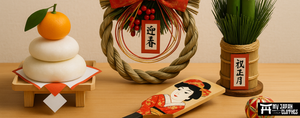
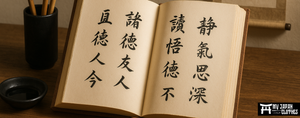
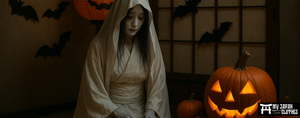
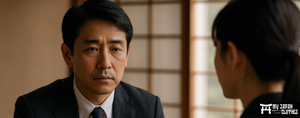
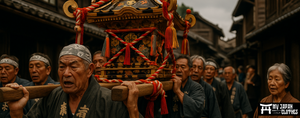
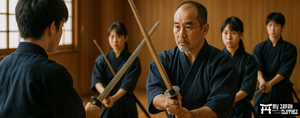

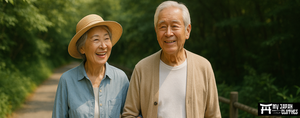
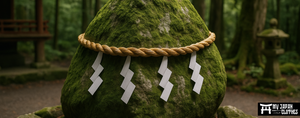
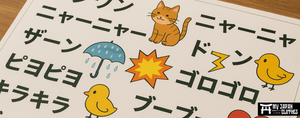
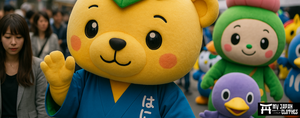
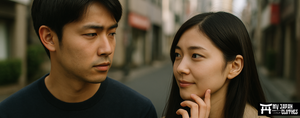
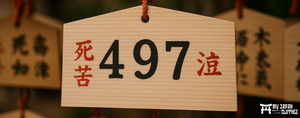
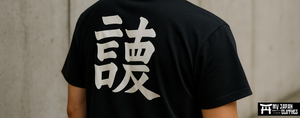
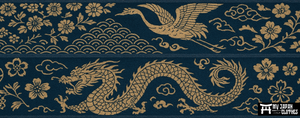
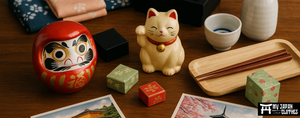
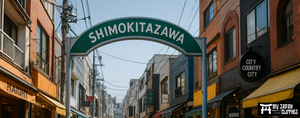

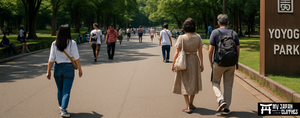

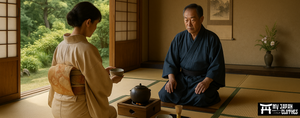
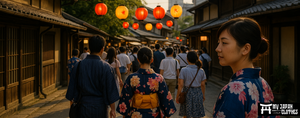
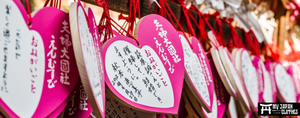
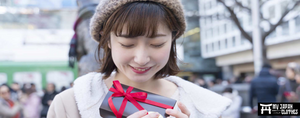

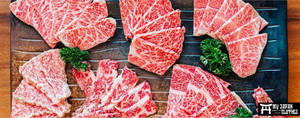
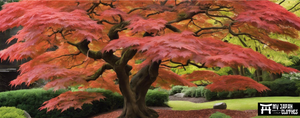
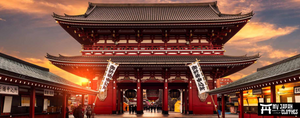
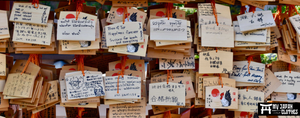
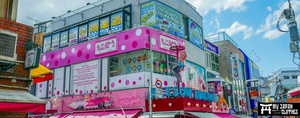
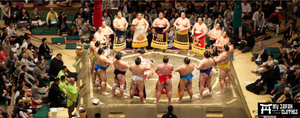
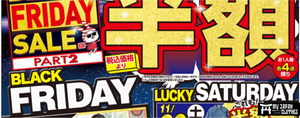
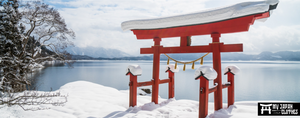


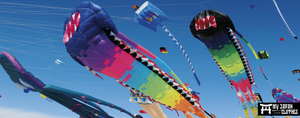



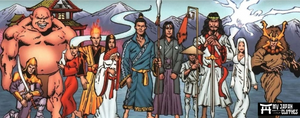

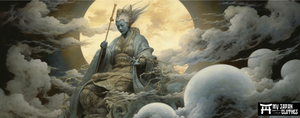
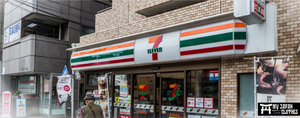
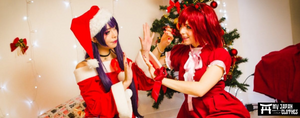
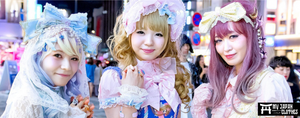
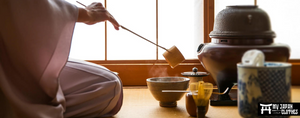
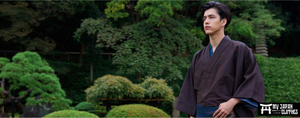
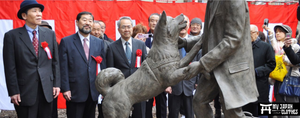
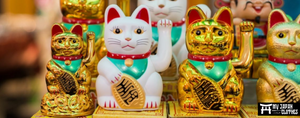

Leave a comment